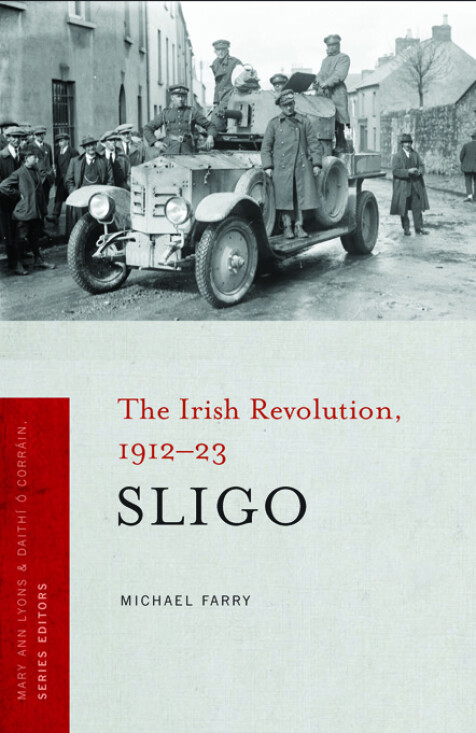Sligo
The Irish Revolution, 1912–23
Michael Farry
This title is currently only available for US deliveries.
‘If this [first volume] is anything to go by, this will be an elegant, comprehensive and well-produced series’, History Ireland (2013).
‘Michael Farry's study is admirably sourced, a balanced and sober assessment of revolutionary politics and violence in his native county', Barry McLoughlin, Books Ireland (2013).
‘No better person could have been chosen to produce this volume … Farry takes the opportunity to weave a concise and lucid narrative using an impressive variety of sources, and expose the complex fault lines that existed within a relatively small county … The details of interactions between groups such as the Ancient Order of Hibernians, UIL, the Sligo Corporation, trade unions / land reform groups, and groups such as the suffragists, reflecting divergent local, personal and business interests, and often differences between town and country, are a particular strength of the book … An interesting section of 31 plates augments the text nicely. There are clear maps in the opening chapter for those unfamiliar with Sligo’s basic geography … Farry’s mastery of both the national and county scene allows him to observe how Sligo conformed to, or diverged from, national trends’, Andrew Newby, Saothar (2016).
‘An interesting aspect of Michael’s research was that despite our perception that the likes of Michael Collins controlled and co-ordinated all IRA actions during the War of Independence, the reality on the ground, particularly in places like Sligo, was very different … the book provides a mine of interesting information on what went on in Sligo in this significant part of the country’s history', John Bromley, Sligo Weekender (Dec. 2012).
‘One of a series of county histories looking at the revolutionary period … show[ing] that the struggle for independence was indeed a national one and not confined to a few areas … Farry makes good use of various sources from local papers to the Bureau of Military History archives as well as British sources to examine the conflict from both sides. The book is illustrated with rarely seen photographs of people and events in the country', Books Ireland (December 2012).

